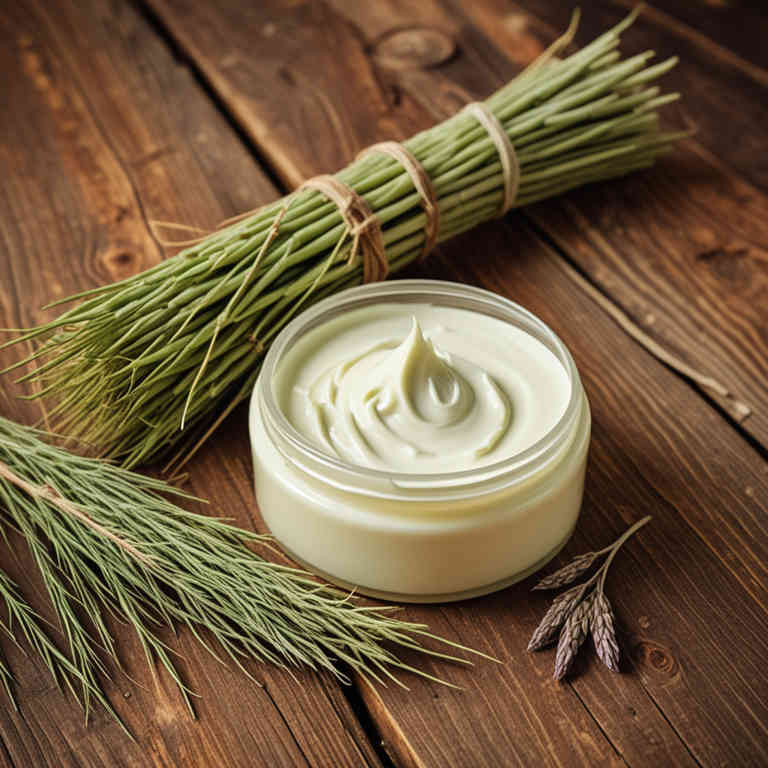Equisetum arvense cream for medicinal use

Equisetum arvense cream is a topical herbal preparation made from the powdered plant known as field horsetail, which is rich in silica and other minerals.
It is traditionally used in herbalism to support skin health, reduce inflammation, and promote healing of wounds and skin conditions. The cream is often applied directly to the skin to alleviate symptoms of eczema, psoriasis, and other inflammatory disorders. Its astringent properties are believed to help tighten tissues and improve circulation.
Due to its potency, it is typically used under the guidance of a qualified herbalist or healthcare provider.
Uses
Equisetum arvense cream has been used to treat various skin conditions and inflammatory disorders for centuries.
Historically, it was valued in traditional medicine for its purported ability to reduce inflammation and promote healing, particularly in cases of eczema and psoriasis. In ancient times, the plant was also used in herbal remedies to address wounds and skin infections. Modern applications have expanded to include its use in topical treatments for arthritis and other inflammatory diseases, though scientific evidence remains limited.
Despite its long history, the efficacy of Equisetum arvense cream continues to be a subject of research and debate in contemporary herbal medicine.
Benefits
Equisetum arvense cream has health benefits such as reducing inflammation, promoting skin healing, and providing antioxidant support.
This herbal preparation is often used to treat conditions like eczema, psoriasis, and other inflammatory skin disorders. It contains compounds that may help in soothing irritated skin and improving its overall condition. The cream is also believed to have antimicrobial properties that can prevent infections.
Its natural ingredients make it a popular choice for those seeking alternative remedies for skin health.
Constituents
Equisetum arvense cream active constituents include silicic acid, flavonoids, alkaloids, and various minerals such as calcium and magnesium.
These compounds are believed to contribute to the cream's anti-inflammatory and skin-repairing properties. Silicic acid is known to support the structural integrity of connective tissues, while flavonoids may help reduce oxidative stress. Alkaloids in Equisetum arvense are thought to have mild analgesic and antispasmodic effects.
This herbal preparation is often used topically to address skin conditions, joint pain, and inflammatory disorders.
Preparation
To make Equisetum arvense cream, first gather fresh or dried Equisetum arvense (field horsetail) and clean it thoroughly.
Next, blend the plant material into a fine powder using a blender or mortar and pestle. In a saucepan, combine the powdered horsetail with a small amount of water and simmer gently for about 20 minutes to extract the beneficial compounds. Strain the mixture through a fine mesh strainer or cheesecloth to remove any remaining plant matter.
Finally, mix the liquid with a carrier cream or oil to create a smooth, consistent cream that can be applied topically for its purported healing properties.
Side Effects
Equisetum arvense cream may lead to skin irritation, allergic reactions, or sensitization in some individuals.
It is derived from the horse tail plant, which contains various bioactive compounds. The cream is sometimes used for its purported anti-inflammatory and wound-healing properties. However, prolonged use can cause dermatitis or other skin conditions.
Possible side effects include redness, itching, and in severe cases, systemic absorption leading to toxicity.